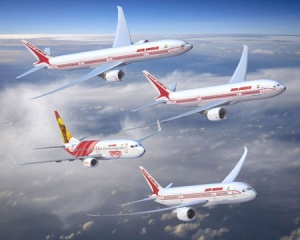India climbs down from removing foreign pilots

A pick-up in demand has led to India’s aviation authorities climbing down from a policy that would have barred overseas pilots from working on its commercial airlines.
The country currently suffers from an over-supply of young, domestic pilots, with about 3,000 novices waiting for vacancies on domestic carriers. It has been looking to remove a number of foreign pilots from its commercial airlines to create vacancies for these younger nationals.
Indian politicians in particular have declared that Indian skies should belong to Indian pilots as soon as possible.
But the authorities have now agreed a one-year extension of what was supposed to be an end of July deadline for removing an estimated 400 foreign pilots from its commercial airlines.
The country’s dependence on experienced foreign pilots reflects the problems facing many other Asian carriers, which are being forced to ramp up capacity in response to soaring economic growth and demand for air travel.
ADVERTISEMENT
But after a series of pilot layoffs during the global economic downturn, regional air travel has bounced back, with many airlines now hiring aggressively.
“I don’t see it as feasible to think that foreign pilots can be sent out of the country,” Kapil Kaul, chief executive in South Asia for the Centre for Asia-Pacific Aviation told the Financial Times.
India’s reliance on foreign pilots is a problem faced by many Asian carriers, which are facing intensifying competition as airlines increase capacity in response to soaring economic growth and demand for air travel.
According to the International Air Transport Association, available seat kilometres – a measure of passenger capacity – rose by 1 per cent in Asia-Pacific countries and 13.2 per cent in the Middle East in the first half of 2010. Available freight tonne kilometres – a measure of freight capacity – rose by 14.8 per cent and 15.8 per cent in the regions respectively.
The country’s commercial fleet has grown from 100 aircraft flying for two airlines in the early 1990s to nearly 400 aircraft flying for 10 airlines in 2010. While the global crisis brought a brief pause to the pace of expansion, SpiceJet, a low-cost carrier, has ordered 30 new Boeing aircraft for $2.7bn from 2014. Its rival Indigo is expected to order 150 new aircraft.
“The shortages are felt in terms of having experienced commanders. As growth progresses, that shortage is going to be more pronounced,” Kaul told the FT.

